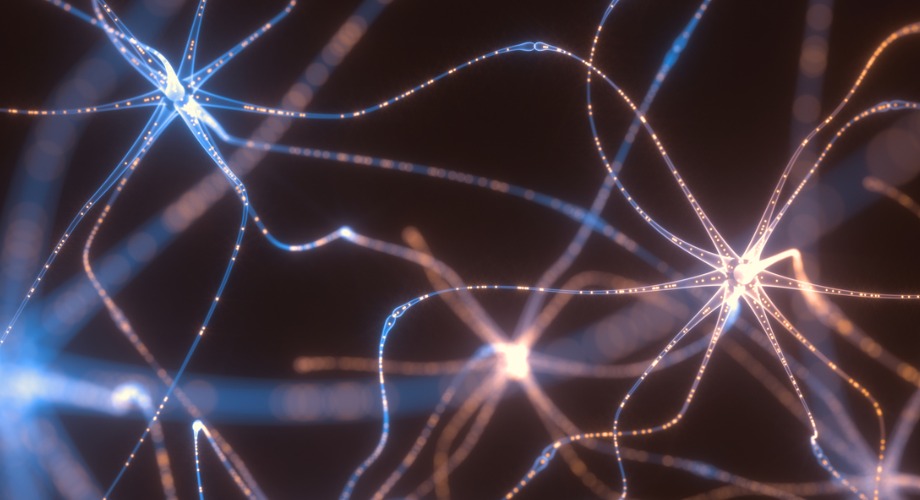
Alzheimer’s ‘mini-brains’ engineered from patient cells manifest key symptom just like humans do
Scripps Research team establishes cerebral organoids as a relevant research model for Alzheimer’s disease.
December 12, 2019
LA JOLLA, CA — Scientists at Scripps Research report for the first time that Alzheimer’s patient-derived stem cells, which are engineered to become “mini-brains” for lab research, manifest excessive seizure-like electrical activity just like human patients with the disease.
The findings establish cerebral organoids as a relevant research model for early-stage Alzheimer’s and provide valuable insights into the mechanisms of hyperexcitability in brain cells.
Neuron hyperactivity is associated with Alzheimer’s disease progression, but its mechanisms have not been fully understood when studied in animals. Mini-brains created with stem cells from actual patients provides a “human context” that leads to a better understanding of the disease. The study appears in eLIFE.
The research team, led by Swagata Ghatak, PhD, a postdoctoral fellow in the Scripps laboratory of Stuart Lipton, MD, PhD, discovered that the abnormal electrical activity seen in the brain is caused by altered excitability and dysfunctional nerve cell synapses, the connections for communication between nerve cells. This disruption of synapses is the root cause for the loss of memory and cognitive abilities among patients with Alzheimer’s disease.
“The findings now permit us to develop drugs to combat synapse dysfunction and memory loss in Alzheimer’s patients,” says Lipton, the Hannah and Eugene Step Chair and a professor at Scripps Research. “We will be publishing research on such a drug in the near future.”
The 3-D cerebral organoids, also referred to as “mini-brains in a dish,” were developed using human induced pluripotent stem cells, or hiPSCs, from people with Alzheimer’s disease. hiPCs are derived from skin or blood cells that have been reprogrammed into an embryonic-like state; the cells can then be guided to become any type of human cell, including neurons, for therapeutic or research purposes.
In the study, Lipton and his team generated one set of dysfunctional mini-brains using cells that have a gene mutation that causes Alzheimer’s. A control set of mini-brains was produced using the genetic editing technique known as CRISPR to correct the mutation. This process yielded what's termed “isogenic cells,” that is, nerve cells in which every gene is identical except the one that causes Alzheimer’s.
Authors of the study, “Mechanisms of hyperexcitability in Alzheimer’s disease hiPSC-derived neurons and cerebral organoids vs. isogenic controls,” include Swagata Ghatak, Nima Dolatabadi, Dorit Trudler, XiaoTong Zhang, Yin Wu, Madhav Mohata, Rajesh Ambasudhan, Maria Talantova and Stuart A. Lipton.
This work was supported in part by the National Institutes of Health (grants P01 HD29587, DP1 DA041722, R01 NS086890, R01 578 AG056259, RF1 AG057409) and the National Institute of Neurological Disorders and Stroke Core (grant P30 NS076411).
For more information, contact press@scripps.edu

